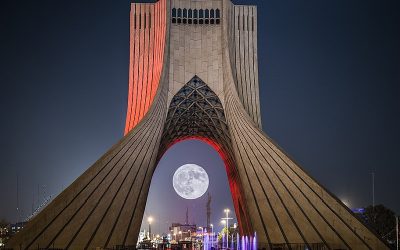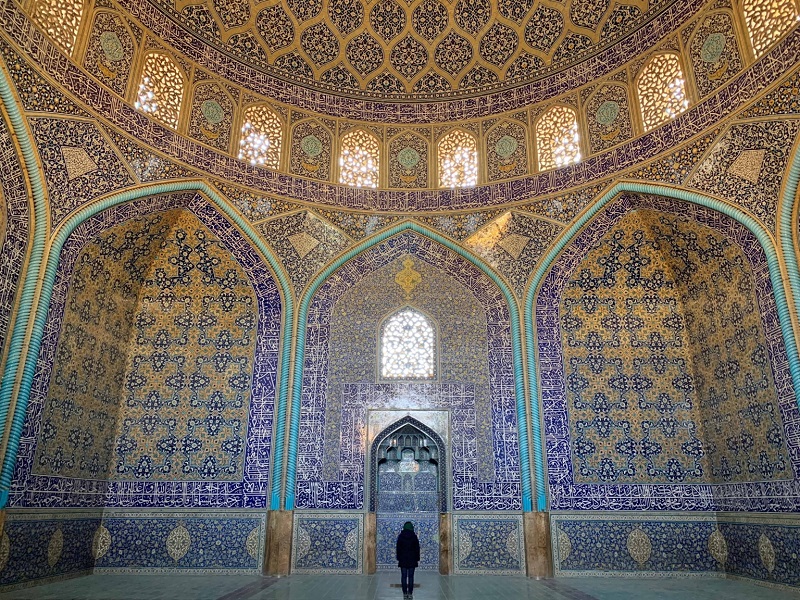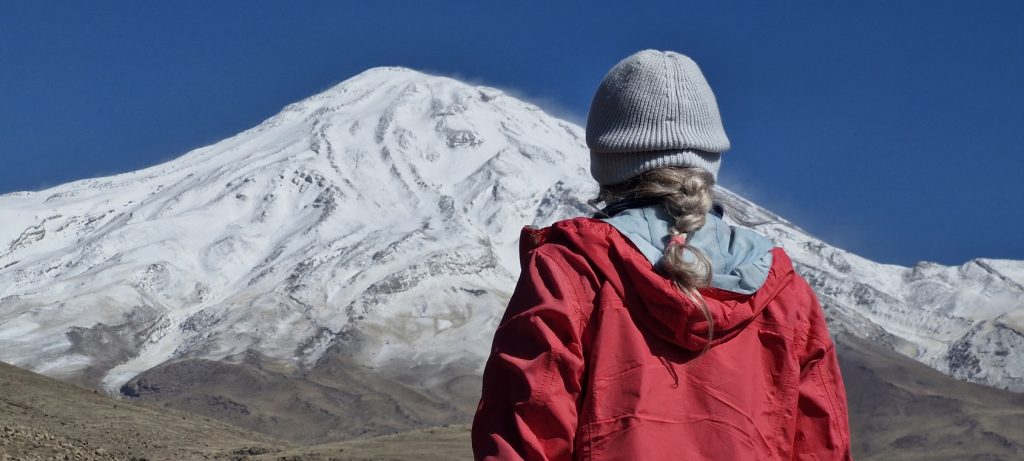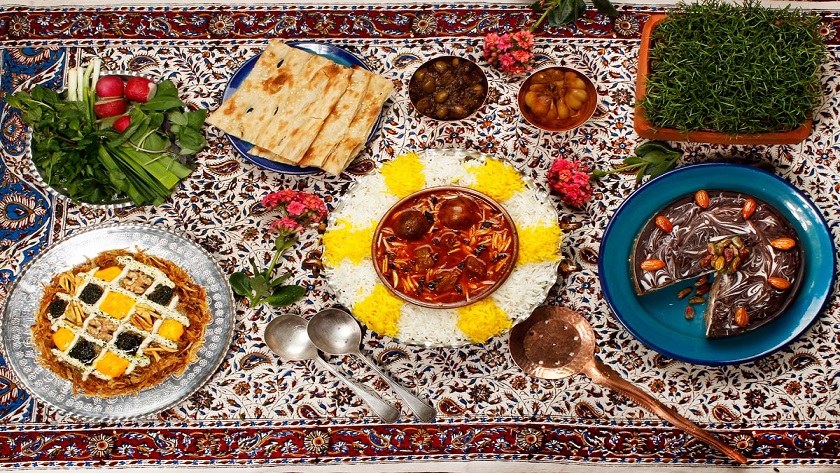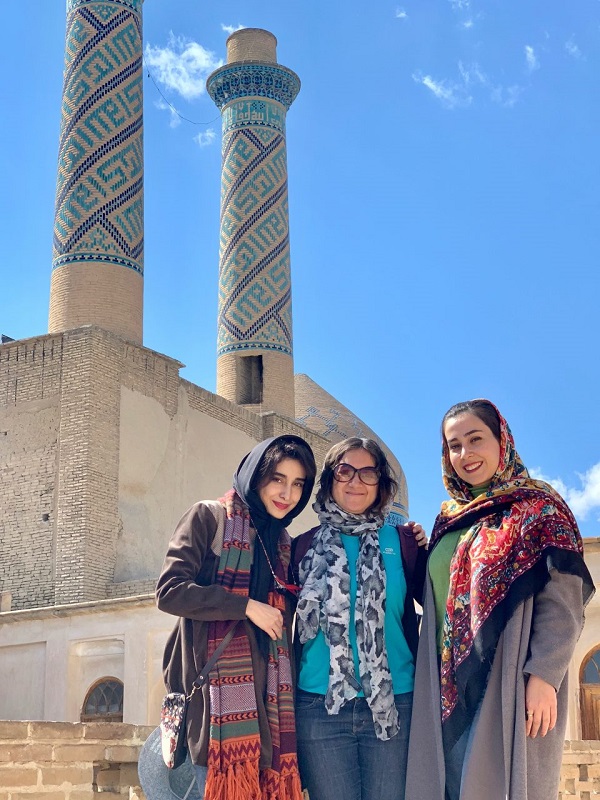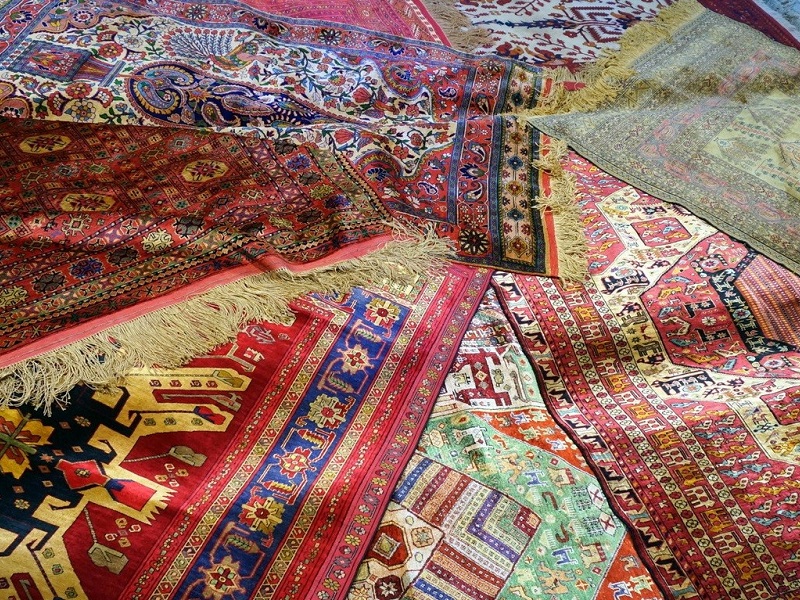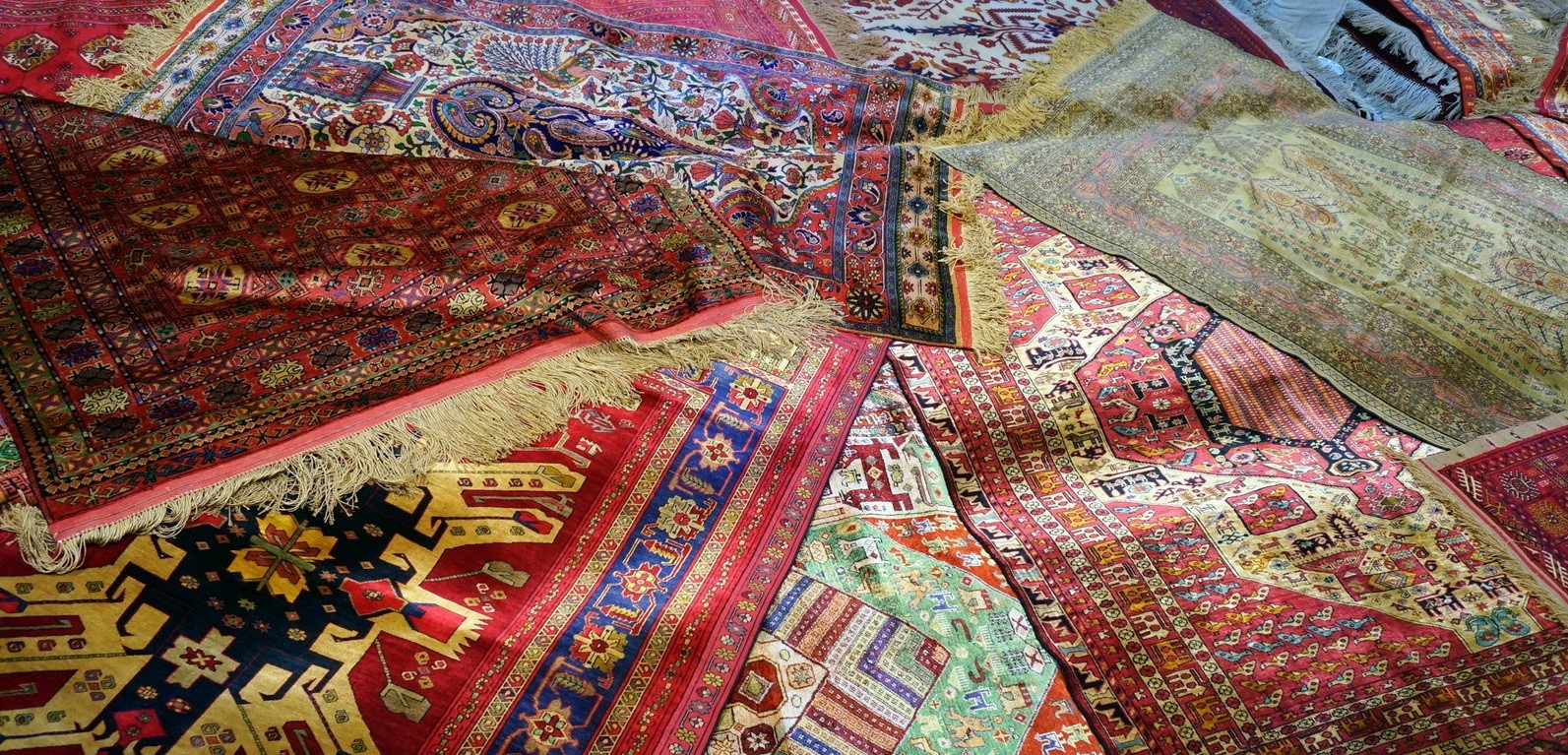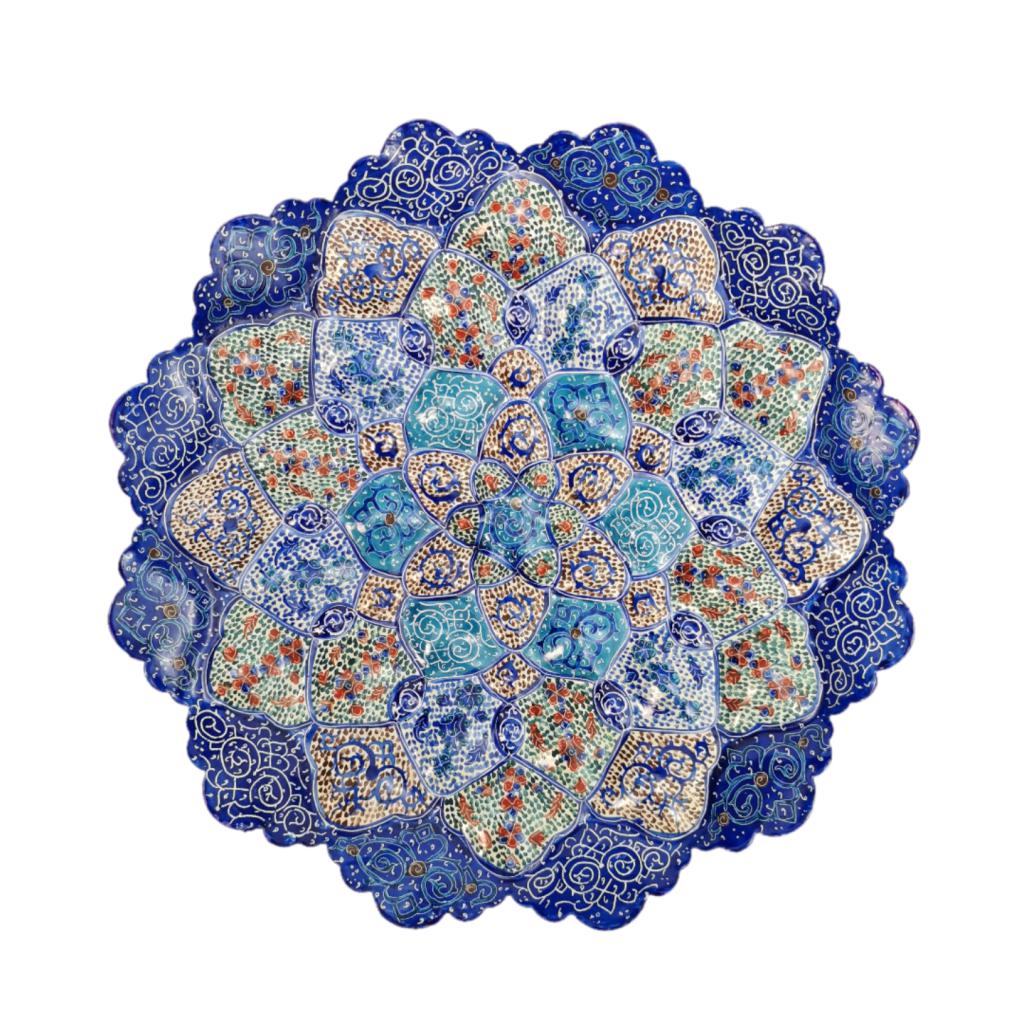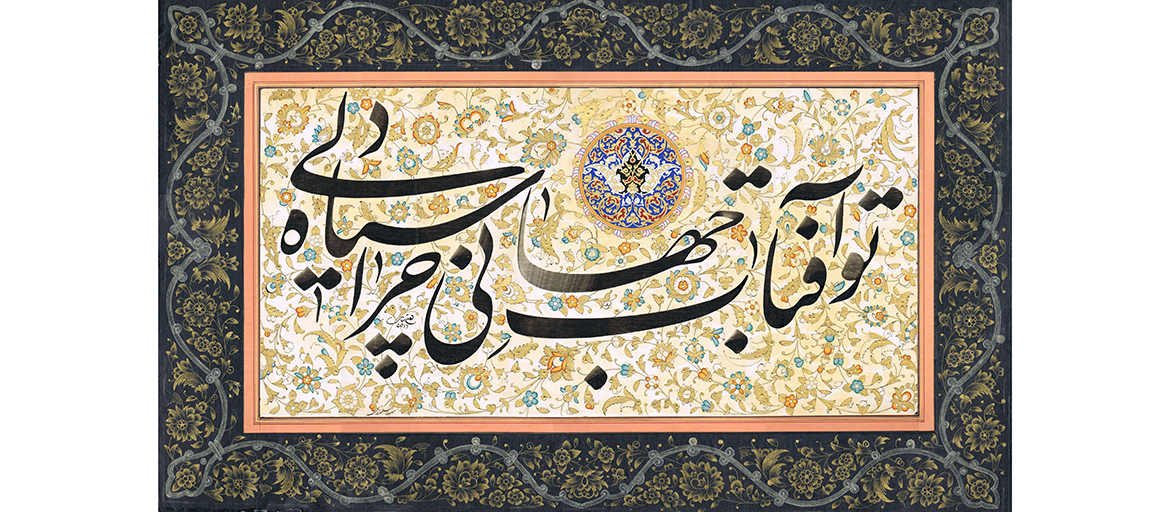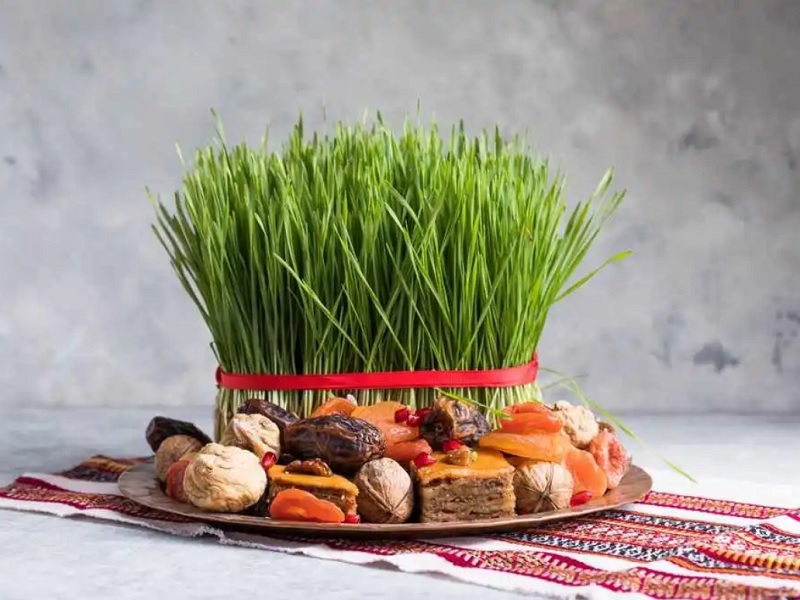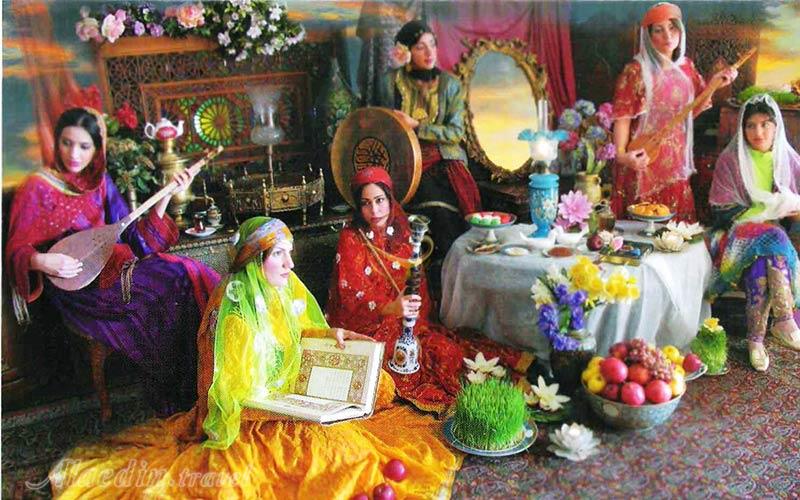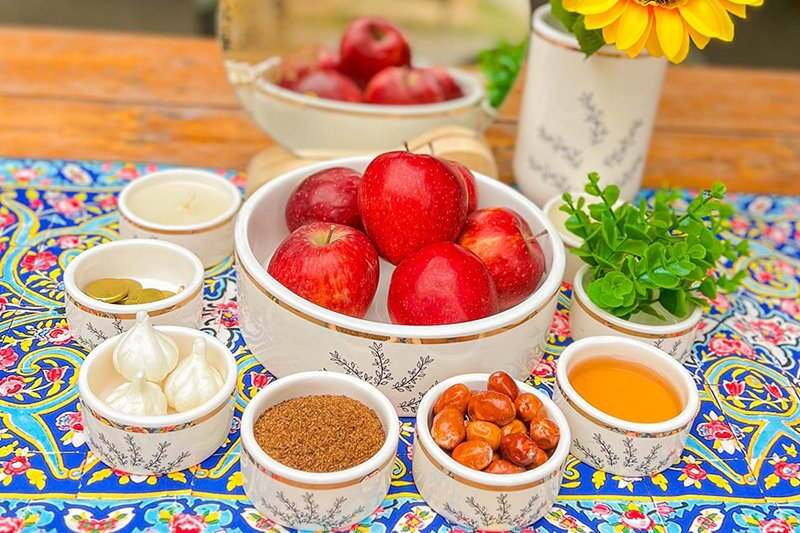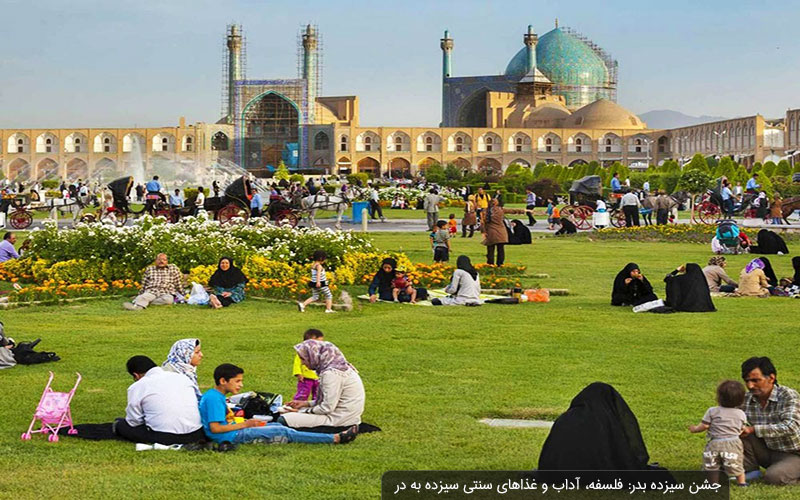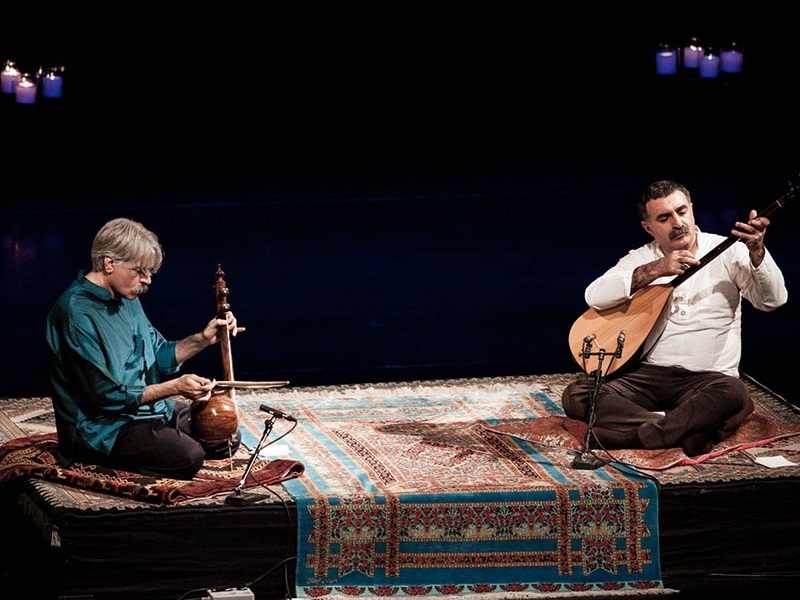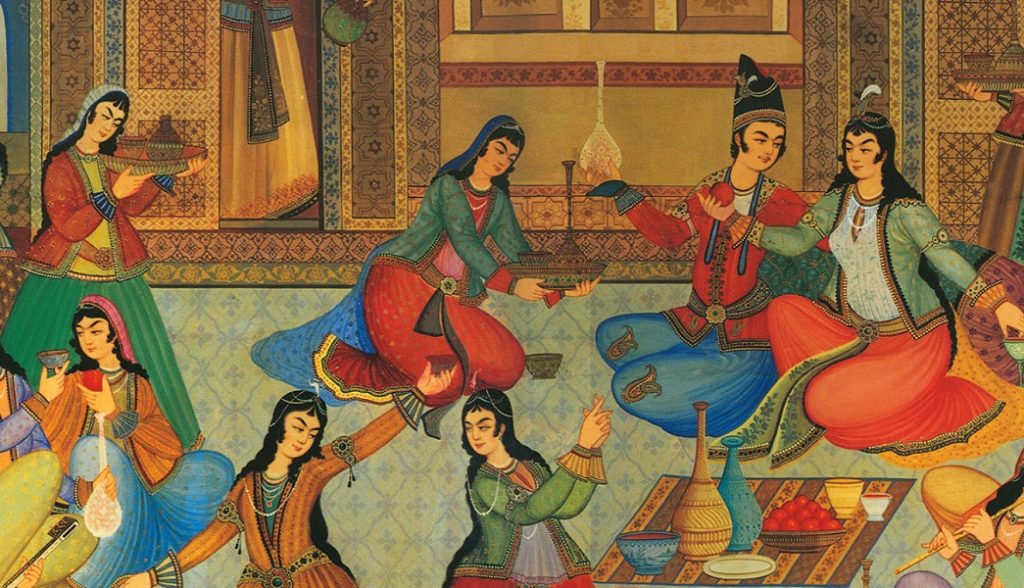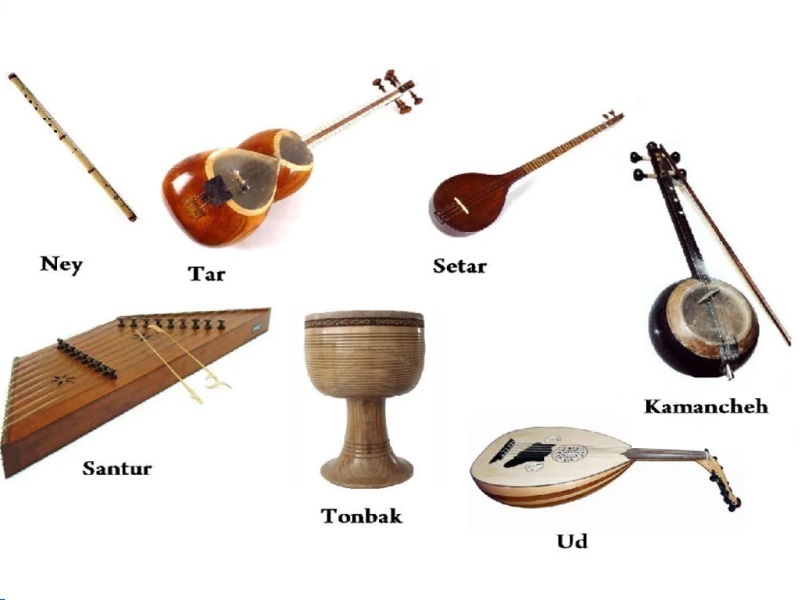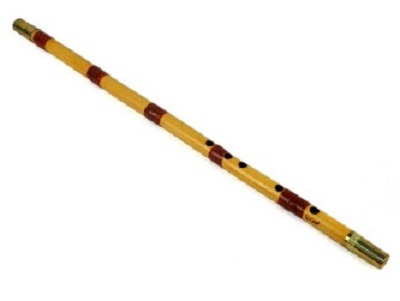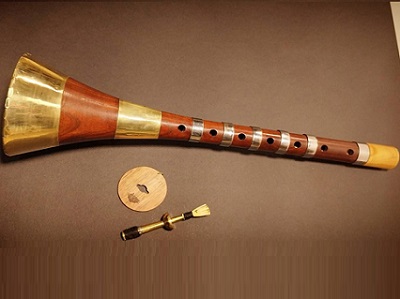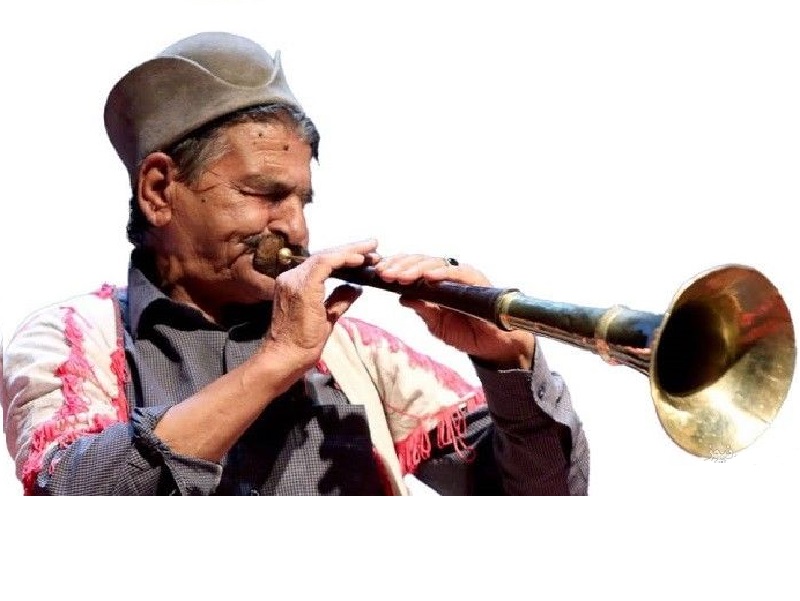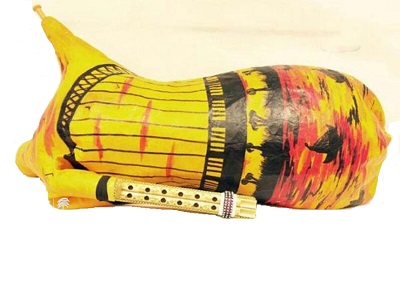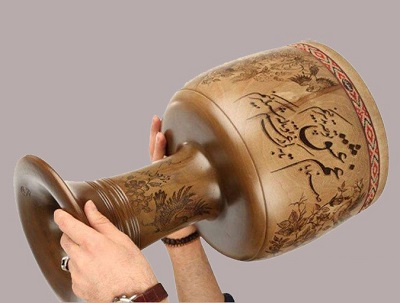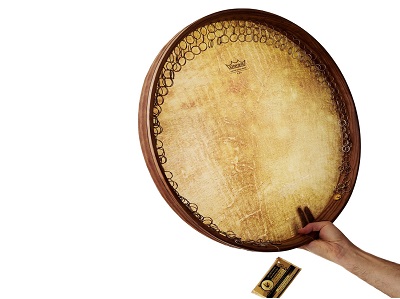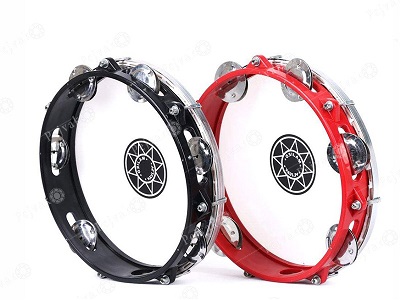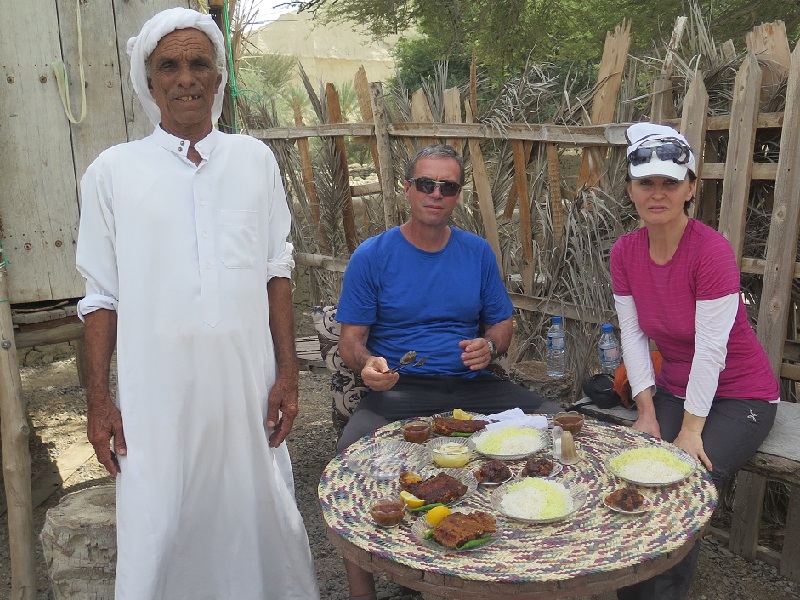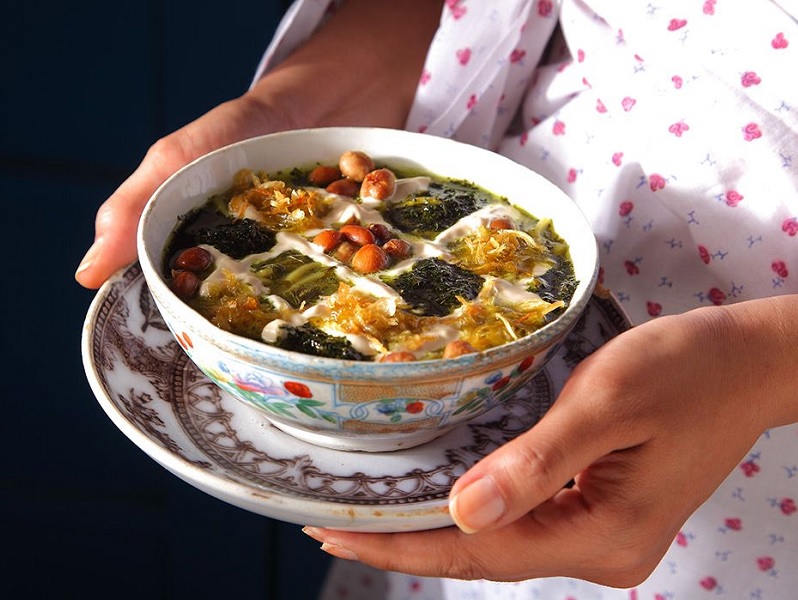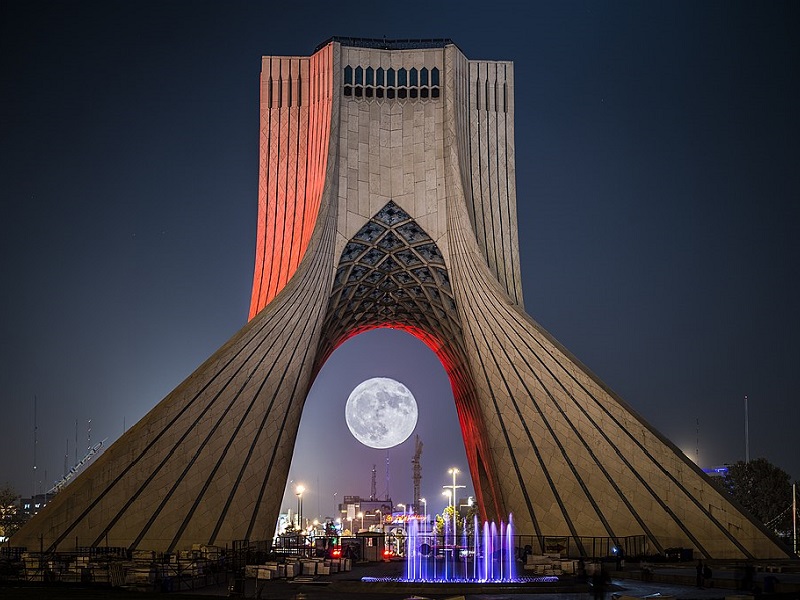
Tehran travel guide
TEHRAN TRAVEL GUIDE
Things to Do, Activities, and AttractionsTehran Travel Guide: Things to Do, Activities, and Attractions
Tehran, the bustling capital of Iran, is a vibrant city filled with history, culture, and modern attractions. As the heart of the country, Tehran serves as a gateway to the diverse landscapes, traditions, and experiences that Iran has to offer. Whether you’re a first-time visitor or a seasoned traveler, this Tehran travel guide will provide you with a comprehensive overview of the best things to do in Tehran, the top attractions, and the must-visit sites in this fascinating city.

Introduction to Tehran
Tehran, located at the foot of the Alborz Mountains, is Iran’s largest city and economic hub. With over 8 million residents, it is a modern metropolis that blends contemporary life with ancient history. While Tehran is often seen as a transit city for travelers heading to other parts of Iran, it offers plenty of rich experiences that can fill several days of exploration. From stunning palaces and museums to bustling bazaars and serene parks, there is no shortage of things to do in Tehran.
In this Tehran travel guide, we’ll take a closer look at the top attractions, hidden gems, and cultural activities that make Tehran a unique destination for travelers.
Top Attractions in Tehran
1. Golestan Palace

Golestan Palace is one of Tehran’s most iconic landmarks and a UNESCO World Heritage Site. This historic palace complex dates back to the Safavid era but was significantly expanded during the Qajar period in the 19th century. The palace is a masterpiece of Persian architecture, showcasing intricate tilework, stunning courtyards, and beautiful gardens.
Highlights of Golestan Palace include the Marble Throne Hall (Takht-e Marmar), the private chambers of the royal family, and the exquisite mirrors and paintings adorning the walls. Visitors can explore the various museums inside the palace, including the Ethnological Museum, which provides insight into Iranian culture.
2. The National Museum of Iran

A visit to the National Museum of Iran is a must for anyone interested in the country’s rich history and archaeology. The museum is divided into two sections: the Ancient Iran Museum, which displays artifacts from prehistoric times to the Islamic period, and the Islamic Art Museum, which showcases Islamic art and calligraphy.
Some of the museum’s most famous exhibits include ancient pottery, Persian carpets, and the Elamite stone reliefs. The museum is an excellent place to learn about Iran’s cultural heritage, from the ancient civilizations of Mesopotamia to the Islamic Golden Age.
3. The Treasury of National Jewels
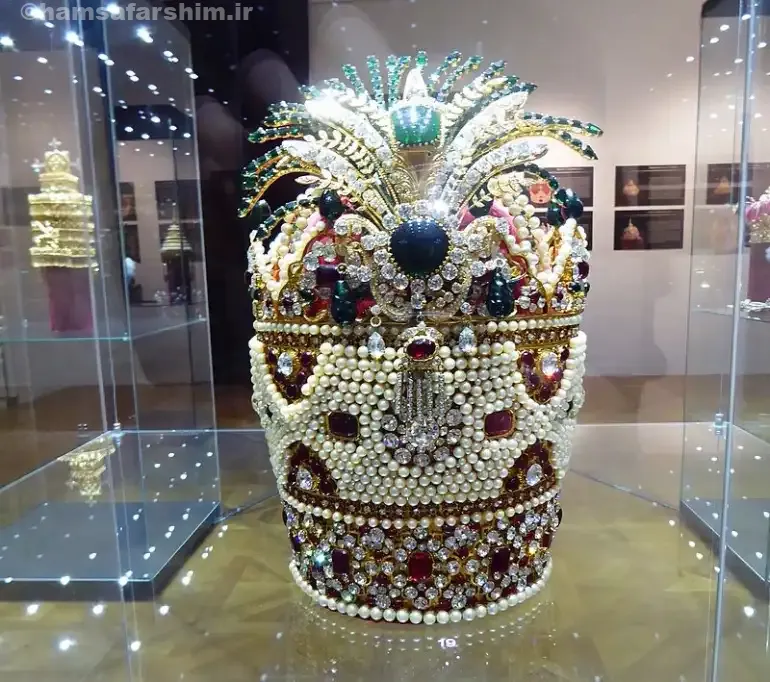
Iran is famous for its collection of precious gemstones and jewelry, and the Treasury of National Jewels in Tehran offers visitors the chance to see some of the world’s most valuable pieces. Located within the Central Bank of Iran, the treasury houses a remarkable collection of royal jewels, including the famous Darya-ye-Noor diamond, the Peacock Throne, and the Imperial Crown of Iran.
A visit to the Treasury of National Jewels is an unforgettable experience for anyone with an interest in luxury, history, or simply the beauty of gemstones. The collection is displayed in a series of rooms, each filled with stunning examples of Iran’s royal wealth and craftsmanship.
4. Azadi Tower

Azadi Tower, also known as the Freedom Tower, is one of Tehran’s most recognizable symbols. Built in 1971 to commemorate the 2,500th anniversary of the Persian Empire, this iconic monument stands 50 meters tall and features a unique blend of traditional Persian and modern architectural styles.
The tower offers panoramic views of Tehran and the surrounding mountains. Visitors can explore the surrounding Azadi Square, which is a central location for cultural and political events. The tower is also home to a small museum that delves into the history of Iran’s architecture and the significance of the monument.
5. Milad Tower

Milad Tower is the sixth tallest tower in the world and one of Tehran’s most modern attractions. Standing at 435 meters tall, Milad Tower offers a stunning view of the city and the surrounding mountains. The tower features a revolving restaurant, an observation deck, a convention center, and a museum.
For those looking for a unique experience, the tower also has a sky bridge that allows visitors to walk around the tower’s spire, providing an adrenaline-pumping view of the city below. The tower is particularly beautiful at night when it is illuminated with colorful lights.
Cultural and Historical Sites
6. Sa’dabad Complex

The Sa’dabad Complex is a sprawling cultural and historical site located in the northern part of Tehran, nestled in the foothills of the Alborz Mountains. Once the royal residence of the Pahlavi dynasty, the complex consists of numerous palaces, museums, and beautiful gardens.
Visitors can explore several of the palaces, including the White Palace (or the Niavaran Palace), which houses a museum displaying items from the royal family’s personal collection. The green surroundings make Sa’dabad an ideal spot for a relaxing stroll, offering a blend of nature and history.
7. Niavaran Palace
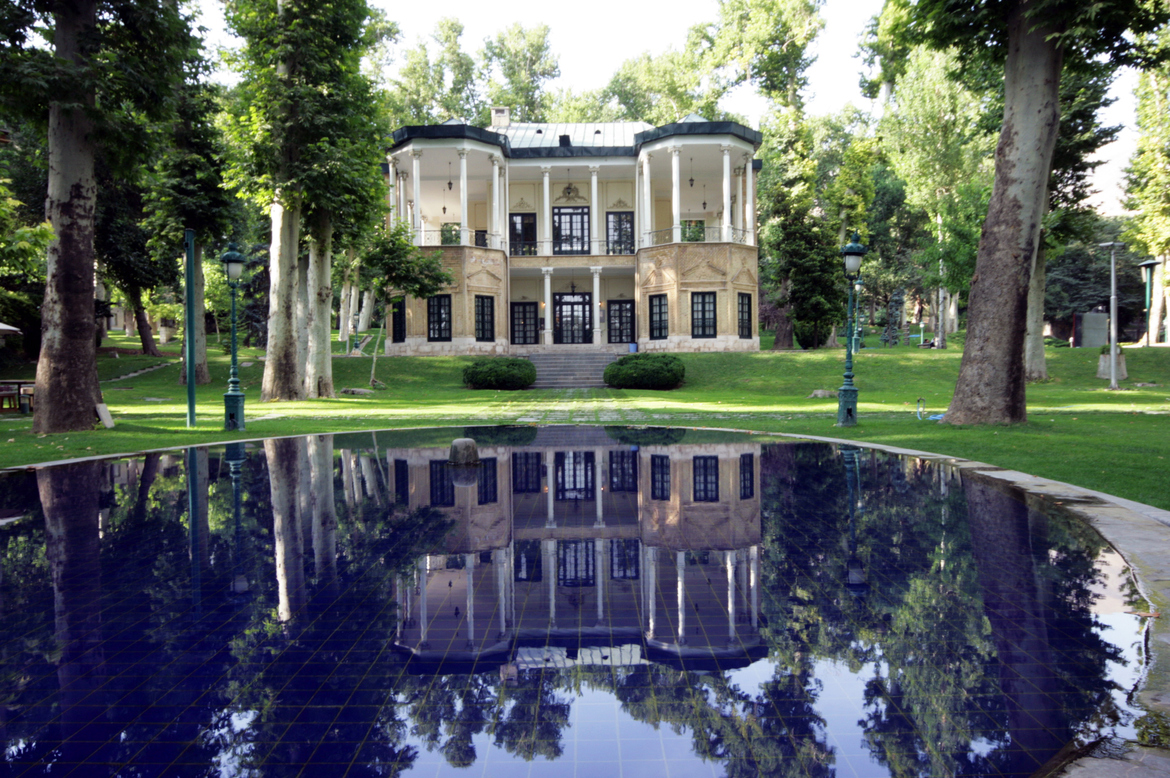
Niavaran Palace, built in the 19th century, was the official residence of the last Shah of Iran, Mohammad Reza Pahlavi, and his family. Today, the palace is a museum showcasing royal artifacts, including paintings, furniture, and personal items of the royal family. The surrounding gardens offer a peaceful escape from the hustle and bustle of the city, and visitors can explore the palace’s impressive architectural design.
8. Tehran Grand Bazaar

No visit to Tehran would be complete without exploring the Tehran Grand Bazaar, a labyrinthine market that dates back to the Safavid era. The bazaar is one of the oldest and largest in the world, and it offers a vibrant mix of shops, stalls, and traditional Iranian goods.
At the bazaar, you can shop for Persian carpets, spices, textiles, pottery, jewelry, and souvenirs. The market is also a great place to sample local food, such as kebabs, fresh bread, and traditional sweets. The bazaar is a central part of Tehran’s daily life, and wandering through its narrow lanes is a must-do activity for anyone visiting the city.
Nature and Parks in Tehran
9. Laleh Park
Laleh Park is one of the largest and most popular parks in Tehran. Located in the western part of the city, this expansive park is a great place to relax and enjoy the outdoors. The park features lush gardens, walking paths, fountains, and several cafes.
Laleh Park is especially famous for its beautiful tulip gardens, which bloom in spring, adding vibrant color to the park’s landscape. There are also several sculptures scattered throughout the park, making it a great spot for art lovers.
10. Mount Tochal
If you’re an outdoor enthusiast, a visit to Mount Tochal is a must. Located just 10 kilometers from downtown Tehran, Tochal offers stunning views of the city and the Alborz Mountains. The mountain is home to a popular ski resort, and visitors can take the Tochal Telecabin (cable car) to reach higher altitudes.
During the summer months, the area is great for hiking, and in the winter, it turns into a hub for skiing and snowboarding. Whether you’re interested in outdoor activities or simply want to enjoy the natural beauty of Tehran, Tochal is an ideal destination.
11. Darband
Darband is a charming village located at the base of the Alborz Mountains, just north of Tehran. Known for its scenic beauty, Darband is a popular destination for hiking and outdoor recreation. The village is home to numerous restaurants and cafes that offer traditional Iranian cuisine, making it a great place to relax after a hike.
The trail from Darband leads to the higher peaks of the Alborz Mountains, offering stunning views of Tehran and the surrounding countryside. If you’re not up for a long hike, simply strolling through the village and enjoying the natural surroundings is a rewarding experience.
Culinary Experience in Tehran
12. Sample Traditional Iranian Cuisine
Tehran is home to a rich and diverse culinary scene, with a wide variety of restaurants serving traditional Iranian dishes. One of the must-try dishes is kebab, particularly the famous koobideh, a minced meat kebab served with saffron rice and grilled vegetables.
Other popular dishes include:
- Fesenjan: A rich stew made with chicken, walnuts, and pomegranate sauce.
- Khoresht Gheymé: A stew made with lamb, split peas, and dried lime.
- Tahchin: A savory rice cake made with saffron rice, chicken, and yogurt.
For dessert, don’t miss baklava, saffron ice cream, or zoolbia and bamiyeh (traditional Iranian sweets).
Tehran also offers a vibrant café culture, with many spots serving excellent Persian tea and sweets, as well as international coffee drinks.
Shopping in Tehran
Tehran is a great place to shop for unique Persian goods and souvenirs. From handcrafted carpets to high-quality saffron, the city’s markets are brimming with items that reflect Iran’s rich cultural heritage.
Apart from the Tehran Grand Bazaar, other notable shopping areas include:
- Vali Asr Street: This major thoroughfare is home to numerous shops and boutiques selling fashion, electronics, and more.
- Darband Bazaar: For handmade crafts and traditional Iranian products.
- Tajrish Bazaar: A traditional bazaar in northern Tehran that sells everything from spices to handicrafts.
Conclusion
Tehran is a dynamic city that offers a fascinating mix of ancient history, modern culture, and natural beauty. This Tehran travel guide highlights some of the best things to do, see, and experience in this bustling metropolis. Whether you’re exploring the historic palaces and museums, enjoying the natural landscapes, or

